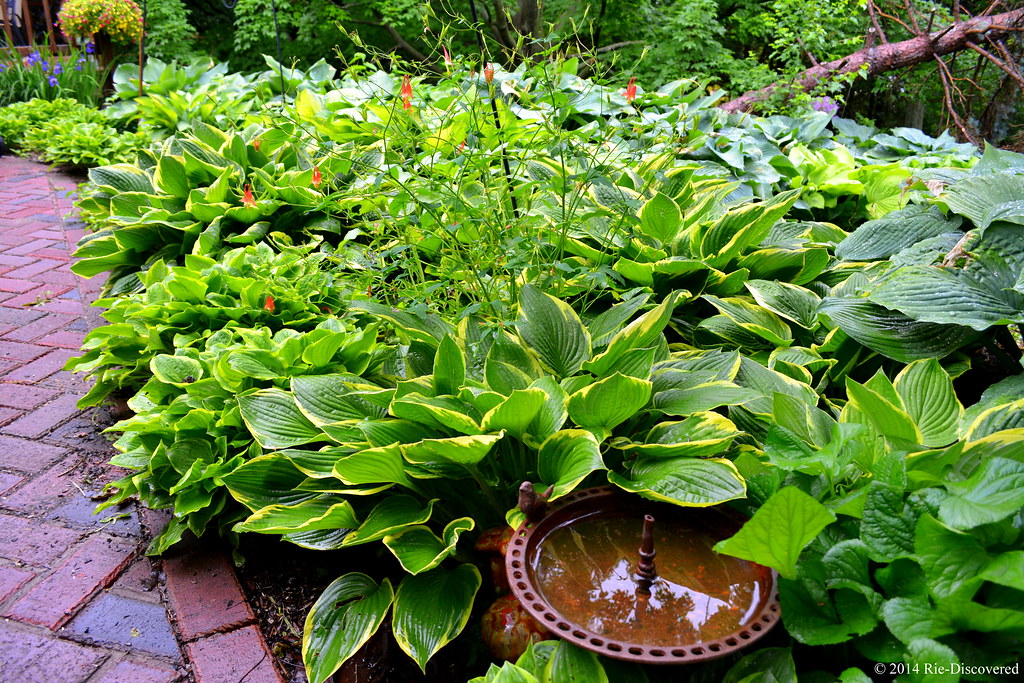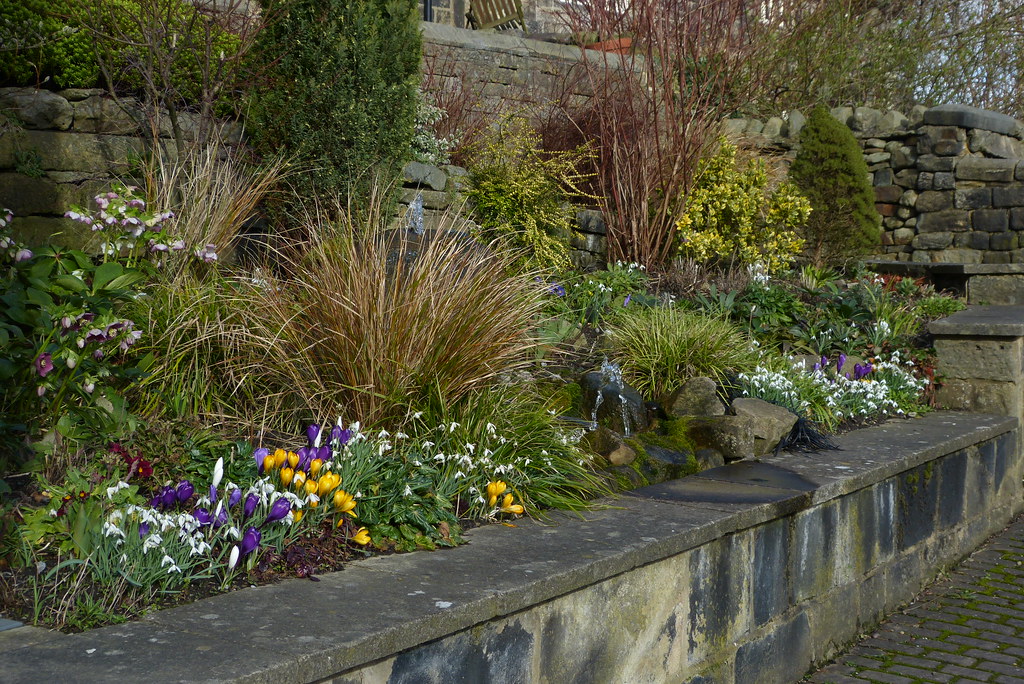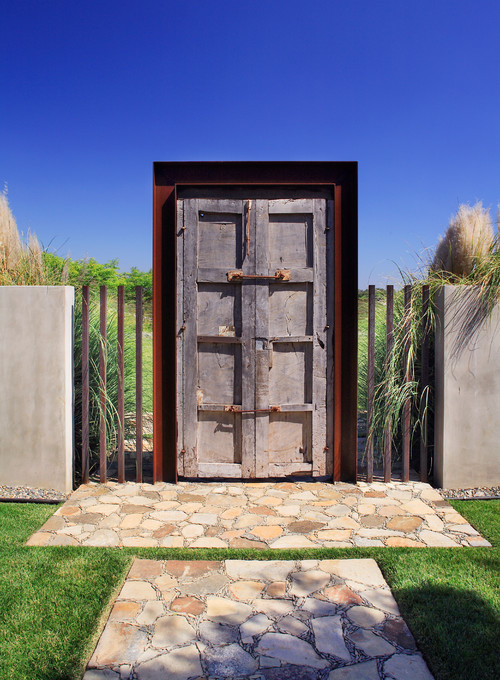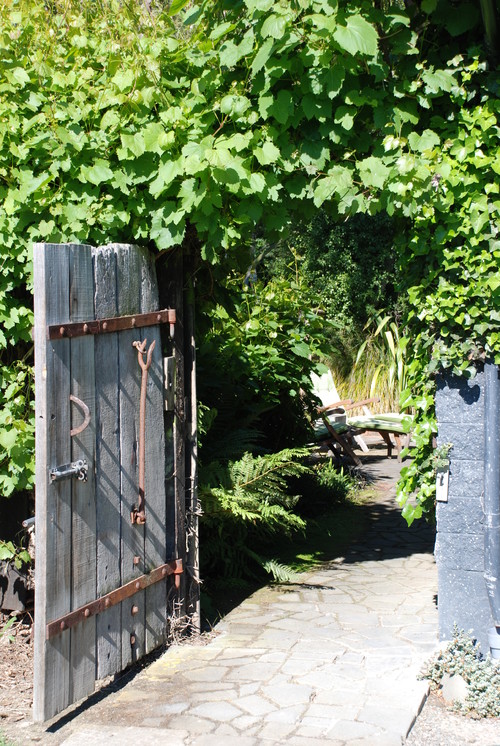Hellemania
/A spellbinding double petal, picotee hellebore hybrid.
As spring approaches, a gardener's fancy often turns to thoughts of early flowering perennials. A superstar among these is the alluring hellebore, with few rivals when it comes to beauty, staying power and ease of care.
Wearing its ruffled nectaries like an Elizabethan Collar, this black anemone flowering hellebore is a real show stopper.
Smokey wine colored smudges on an apricot H. orientalis hybrid. The endless possible variations and make this an exciting garden perennial.
Often called the winter rose because of its ability to flower in the darkest time of the year, hellebores are not related to roses. They belong to the genus Helleborus and hail for the most part from eastern Europe and southeast Asia. Fascination with early-flowering hellebores, at a fever pitch in Europe for decades, is surging in North America as garden enthusiasts discover their addictive power.
Thanks to the hard work of dedicated plant breeders in the USA, Canada, Britain, Germany, Japan and other countries, intoxicating additions appear every season. Spurred by their own passion with the genus of the buttercup family (Ranunculaceae) these breeders are creating an array of colours and forms. The most amazing displays belong to the many cultivars of H. orientalis, now classified as H. x hybridus. Midnight purples, smokey blue-blacks, yellows, claret reds and apricots are appearing, along with spotted combinations and bicolours (called picotees). Flower forms include singles, doubles and star shapes. Some of these beauties can only be admired in photographs; the most alluring orientalis hybrids remain tantalizingly out of reach of all but the most affluent and well-connected gardeners. These strains are so difficult to reproduce in their exact form they can command prices of $60-$100 for a single plant, if they are available at all.
Since they don't always replicate true to form, it's best to by the orientalis/hybridus type of hellebore while in bloom, so you can see what you're actually getting. They are great naturalizers in the garden and will generously spread over time. Seeds ripen in May-June and should be immediately sown in the garden, although they require a period of cold dormancy before germinating the following February-March. You could see flowers in as little as a year, but two years is typical, Just be patient and let nature take its course.
Anatomy of a hellebore flower, showing the tiny petals, or nectaries and the much larger sepals which create those breathtaking flowers.
The celebrated flowers are not petals, but sepals and last for three or four months, often changing color over that time. The true petals are much reduced in size and located in the middle of the flower head.
Hellebores grow best in Zones-5-8 and tolerate a wide range of conditions. Many grow on rocky slopes in their native lands and thrive in free draining, alkaline soil. They adapt readily to somewhat more acidic conditions, but don't enjoy heavy, wet soils. Amend your soil with rotted compost, leaf mulch or manure and forget about adding chemical fertilizers.
As a rule, hellebores are drought tolerant, although regular, moderate watering is always a good idea. They can take quite a bit more direct sun than many people believe, especially the Mediterranean species. Deer avoid them, because they are toxic.
Shady woodland areas benefit from H. foetidus 'Wester flisk' as a ground cover.
In addition to H. orientalis and its rainbow-colored hybrids, several other hellebores have long been garden favorites. H. argutifolius, known as Corsican hellebore, is a spectacular evergreen plant with huge, grey-green leaves and green flowers. One of my favorite woodland ground covers is H. foetidus 'Wester Flisk,' a perennial so attractive it does not deserve its name -- 'stinking hellebore.'
Both types are classified as caulescent species, meaning they have leaves and flowers on the same stems. I like to tidy them by removing dead and diseased foliage, but avoid cutting them back to the ground every year unless they have become overgrown. H. argutifolius, in particular, is tolerant of direct sun and its silvery foliage partners with lavenders, cat mint, ornamental grasses and herbs. One of the newer cultivars, 'Silver Lace,' is especially attractive. H. foetidus looks at home in woodland gardens with spring bulbs, erythroniums and ferns.
The pure white flowers of H. niger, called the Christmas rose for its early blooming habit, are a welcome sight in winter.
Hellebores are winter-spring flowering perennials and subshrubs originating in woodland or scrub regions of Europe, Eurasia, the Mediterranean and China. Most are evergreen. There are about 18 species, although this is open to debate among botanists, who are still struggling with classification issues. Only two, H. orientalis and H. niger, are categorized as acaulescent; meaning they do not produce true leaves on flowering stalks. It is best to remove old foliage just before the flower buds emerge for greater flower production, followed by a flush of shiny new foliage.
Most garden hybrids trace back to H. orientalis, but when it comes to hybridizing, H. niger, known around the world as the “Christmas Rose,” is considered by hellebore breeders to be the ideal mother plant. A sturdy plant 23-30 centimetres tall, it has large, showy flowers carried singly on strong stems between January and April. The flowers are usually white with green centers, but can be blushed with pink on the backs of the sepals. The leaves are dark green, strong and leathery, usually with seven to nine segments. It’s definitely a winner in the looks department, but notoriously difficult to grow. One of the best crosses, H. niger x H. argutifolius, produces H. xnigercors, a robust plant with large flowers, white with a greenish cast. It looks like a Christmas Rose on steroids.
Also wonderful are offspring of H. xballardiae, the result of hand crossing niger and H. lividus (probably the rarest of all hellebores, since very few plants remain in their natural habitat, the northeast coast of Majorca). The leaves are dark green with silvery veins and the flowers often apple green inside and flushed with pink/purple backs). The hybrid xballardiae keeps the leaf shape of niger, with the distinctive silver veining of lividus. The short stems carry two or three flowers each and a mixture of both parents in colour and form.
H. argutifolius provides attractive erosion control on a steep slope
Potentially, the most promising hybrid is H. xericsmithii, the result of hand pollinating niger with H. xsternii (a vigorous hybrid with reddish stems and flowers, originating in England from bee-pollinated crosses of H. lividus and H. argutifolius). The xericsmithii hybrid resembles a pink-tinged nigercors, vigorous with long lasting flowers. All the niger hybrids have the makings of excellent sellers – they are robust, grow rapidly and carry masses of flowers. Unfortunately, all three of these hybrid offerings are sterile and are created for mass marketing via tissue culture, which means they all look exactly alike, no surprises!
Helleborus xballardiae "Pink Frost" a growing favorite for spring color. It has mauve flowers, wine red stalks and silvery veining on its foliage.
The delicate beauty of H. lividus, rarely found in the wild.
H. x ericsmithii "Ivory Prince' is another great performer with a long season of bloom and a tough constitution.

















































